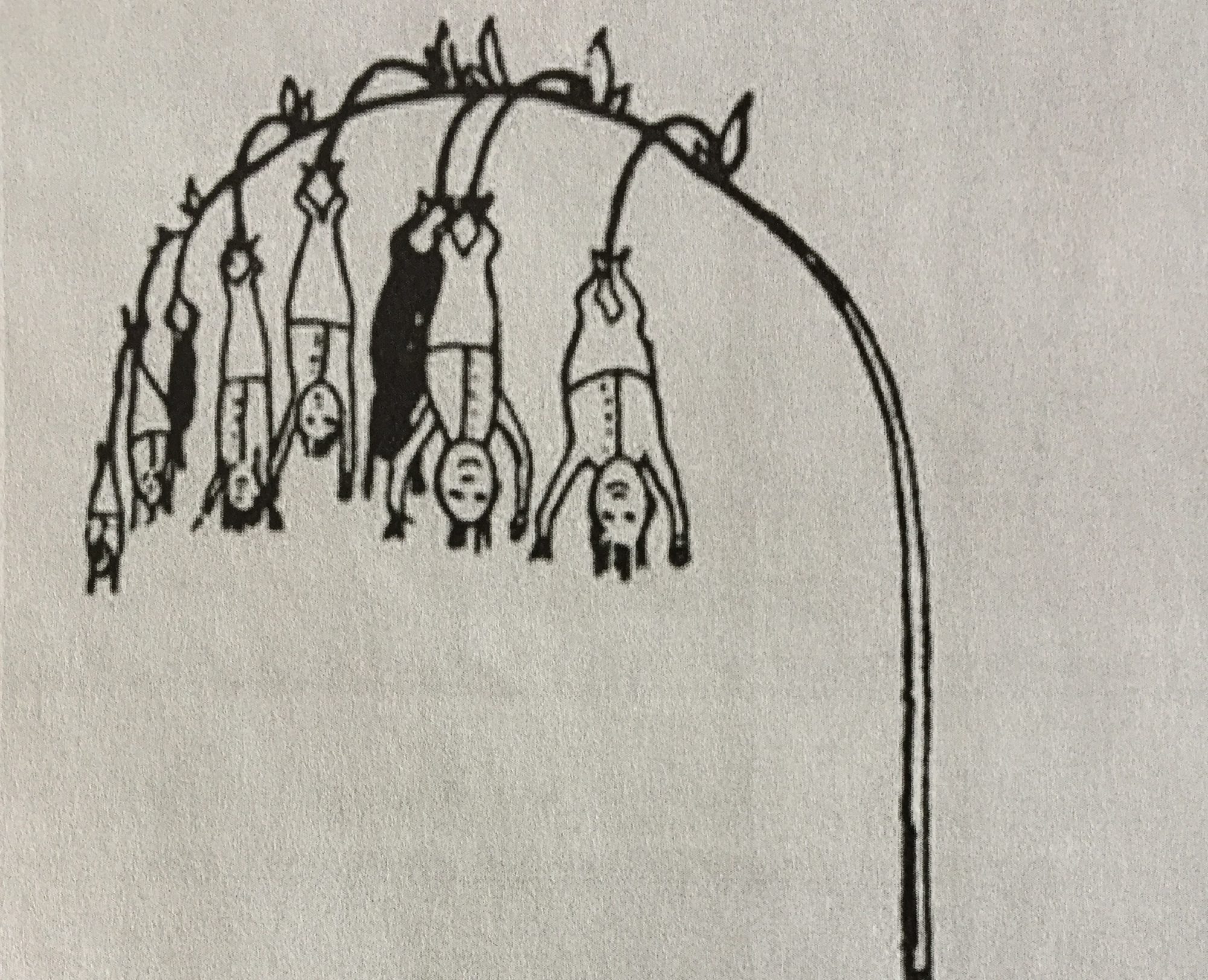Can it be so long, so soon, so often? Or as the ticket agent in Sandburg’s Rootabaga Stories states, “So far? So early? So soon?”

Welcome to the GARQ #6, now with extra Q, and Q is for Quarantine, Q-bert, and the Quangle Wanquel Qweeque! A bit of a shame that it took the horrors of a deadly virus, an incoherent, ignorant, and malicious President, self-isolation, and a spring monsoon to bring us back to Gromboolia, but perhaps this is just what the planet ordered. I’ve always argued that nonsense would save the world, and I’m sticking to my buns! I mean, I’m bricking to my guns! I mean, I’m glicking to my suns!
I haven’t added to the Gromboolia Anthology of Nonsense in a while, but a little sample from my last additions should be edifactory to one and all.

Of note on the music front is Bill Wurtz, an American songwriter and videographer. I first found him via his popular “history of the entire world, i guess,” but only later learned that he wrote music. Silly music. Nonsensical music. You might check out this one on Sexy Pants. There are also many short videos, bibs and bobs of bizarre ideas, wee narratives, with micro-song clips, like this one on soap, or this one about tomato anxiety. See the Gromboolia Anthology for a few more choice choices, Chauncey! His website links to the many, many songs and videos.

On the literary front, we’ll feature one of those unfortunately rare beings, a female writer of nonsense. Oh, you say, there’s Anushka Ravishankar! Pawp, you say, there is Laura E. Richards! Spink, you say, there’s Doris Sanders (because, Clever Claudette, you’ve studied up on your Gromboolia Anthology)! Spadge, you say, there’s… oh have you run out? It’s not surprising. I have some ideas about why this might be, but that’s for another day. Meanwhile, to celebrate Margaret Mahy (1936-2012), prolific and crowned (with purplitude, as seen in this photo) writer for children. She’s a Kiwi, a treasure of New Zealand, but unfortunately not so well known outside of the antipodes. You might check out her book, Nonstop Nonsense, if you were so inclined. On the Gromboolia Anthology, I’ve posted a link to a short but fluffy documentary on her work.
Stay safe out there, Viral Vituperous Vultures! Check out more on: THE GROMBOOLIA ANTHOLOGY OF NONSENSE







